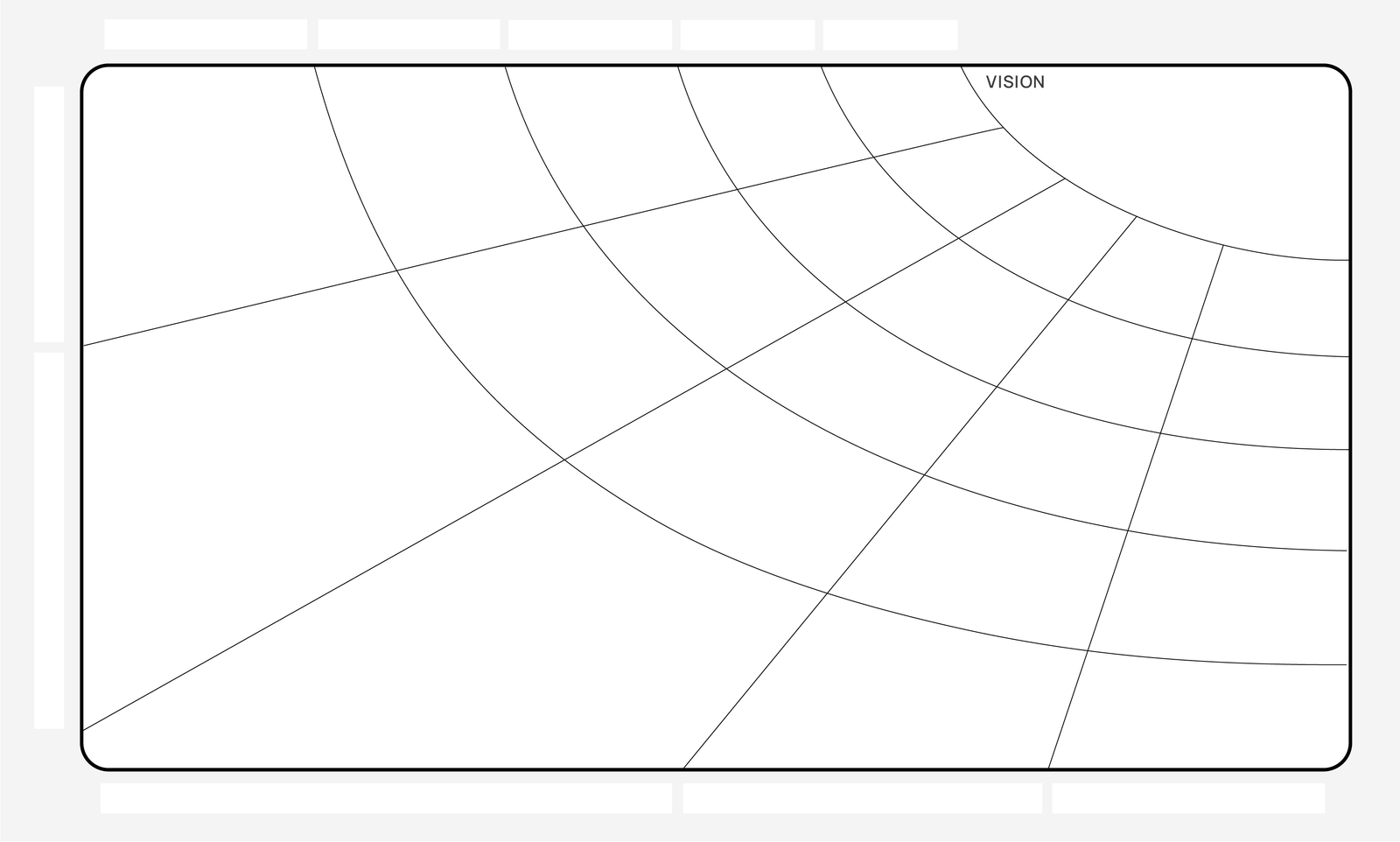Transformation Mapping
Transformation Mapping is a strategic tool used to plan and visualise an organisation’s journey from its current state to its desired future state. It involves defining an organisations future goals, mapping out the organisation’s present situation, and outlining the initiatives required to achieve those goals. This process provides a structured approach to strategy implementation, ensuring that all activities and resources are aligned with the organisation’s vision.
Key concepts include:
Capabilities: Skills, resources, and strengths that an organisation possesses or wants to possess. These can be broadly categorised as follows:
Human Capabilities: The skills and expertise of employees that drive success.
Technological Capabilities: The tools and systems that support operations and innovation.
Process Capabilities: The efficiency and effectiveness of business processes.
Financial Capabilities: The budget and resources available to fund initiatives.
Organisational Capabilities: The structure and culture that support strategic goals.
Future State: The long-term goals and desired outcomes of the organisation. This includes clarifying what success looks like and setting specific, measurable objectives for where the organisation wants to be.
Current State: Where the organisation currently stands in terms of its processes, capabilities and performance. This involves identifying existing strengths and weaknesses.
Gap Analysis: The differences between the current state and the future state. This helps pinpoint the areas that need change and can guide the development of approaches to bridge these gaps.
Strategic Pathways: The steps and actions that could be taken to transition from the current state to the future state.
Transformation Map: A map that includes key initiatives and milestones over time.
The results
A clear visual of the organisations key initiatives over time

When to use it
Strategy Implementation: When turning strategy into plans for transformation
Change Management: When navigating periods of significant organisational change, such as mergers, acquisitions, or major process overhauls
Strengths
Visual
Provides a structured plan to guide efforts
Highlights differences between current and desired states
Aligns vision across teams
Weaknesses
Can be complex to develop and implement
May oversimplify complex issues
Can be time-consuming
How to use it?
What do I need to start?
A clear vision statement.
Insights on the current state, such as:
- Key performance indicators and current performance levels.
- Insights from employees, customers, and other stakeholders.
- Insights on existing resources and capabilities.
How to use it?
Who to involve?
Transformation Mapping is best done with a team. Consider involving:
- Leaders responsible for setting the organisational vision and strategy.
- People who oversee resources necessary to deliver the transformation.
- Specialists who can provide insights and expertise relevant to the transformation.
Step by step
1
Define the transformation vision
Start by establishing a clear and compelling vision for the transformation. This sets the direction and purpose for the entire process. Ask questions like:
- What specific outcomes are we aiming to achieve, and how do they align with our long-term strategic objectives?
- How will this transformation impact our customers, employees, and stakeholders, and what value will it create for each group?
2
Define the future state
Outline the desired future state of the organisation. Be sure to consider each category of capabilities:
Human Capabilities
- What skills and expertise will be needed to achieve the vision?
Technological Capabilities
- What technology and systems are needed to support the vision?
Process Capabilities
- What processes are necessary to achieve the vision?
Financial Capabilities
- What budget and financial resources are required to achieve the vision?
Organisational Capabilities
- What will the organisational structure need to look like to support the vision?
- What will the culture need to look like?
3
Assess the current state
Assess the organisation’s current state to understand where it stands relative to the future state. Focus on each category of capabilities:
Human Capabilities:
- What are the key skills and expertise that exist within the organisation now?
Technological Capabilities:
- What technology and systems are currently in place?
Process Capabilities:
- What are the core processes currently, and how efficient and effective are they?
Financial Capabilities:
- How are financial resources currently allocated?
Organisational Capabilities:
- What is the current organisational structure?
- What is the current organisational culture?
4
Conduct a gap analysis
Identify the differences between the current state and the desired future state. Determine what needs to be changed to close the gap.
Brainstorm necessary actions. Ask questions like:
- What skills are missing in our team?
- Which new technologies can support our goals?
- What outdated technologies are hindering progress?
- Which processes are inefficient or redundant?
- How can workflows be simplified?
- What cultural barriers exist, and how can they be addressed?
- How can we develop or acquire important capabilities?
5
Explore possibilities
- Consider the gap analysis.
- Assess discrepancies between the current state and future state.
- Identify specific areas where capabilities need to be developed or enhanced.
- Explore various actions that can bridge the gap between the current state and desired future state.
- Consider options such as acquisitions, divestments, process redesign, technology upgrades, skill development, and organisational restructuring.
6
Group actions into possible pathways
- Define pathways that could achieve the desired future state.
- Assess the feasibility of each pathway considering factors such as cost, time, and resources required.
- Consider the risks of each pathway.
- Decide on the preferred pathway based on the benefits, risks and alignment with the vision.
7
Develop transformation map
Create a transformation map to guide the organisation from its current state to the desired future state based on the chosen pathway.
- Define initiatives: Outline the key initiatives necessary to achieve the future state.
- Identify dependencies: Determine how different initiatives are interrelated and what needs to be completed before others can begin.
- Plot across time: Develop a timeline for each initiative, including start and end dates.
- Determine resources needed: Identify the required resources, including personnel, materials, and financial investments.
Consider drafting a 1-page Business Case for each initiative.